A tankless water heater is a valuable energy-saving addition to your home. The heater heats water on demand rather than pre-heating it and storing it at a specific temperature. But did you know that where you install the tankless water heater affects its efficiency and how easily you can use it? If you are wondering where to install your tankless water heater, worry not more. We talked to the experts, and these are their thoughts.
Tankless water heaters are designed to be installed indoors. Because they are small in size, you can install them in different spaces such as closets, under sinks, or even under stair storage areas.
If you install the unit outdoors, shelter it from elements like rain, direct sunlight, and debris -and do not expose it to freezing temperatures. Adhering to installation guidelines is essential to ensure safety and convenience, even if servicing is required later.
There are some specific conditions to consider before installing a tankless water heater. Read on as we will elaborate on choosing an ideal location to install a tankless water heater. We will also discuss the heater's advantages and disadvantages.
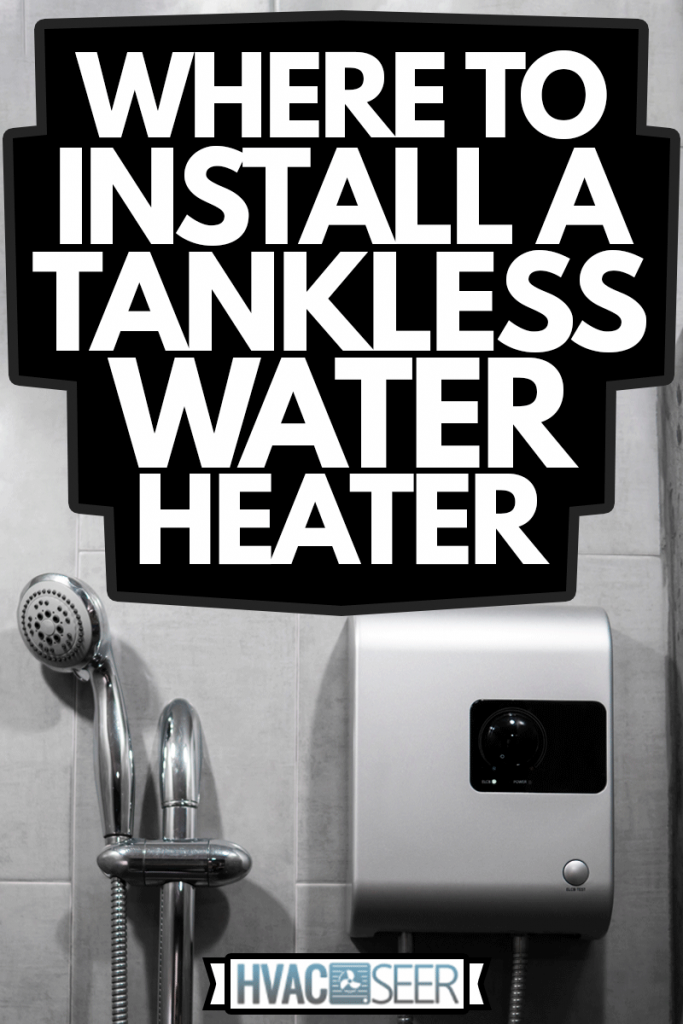
Choosing the ideal location for a tankless water heater
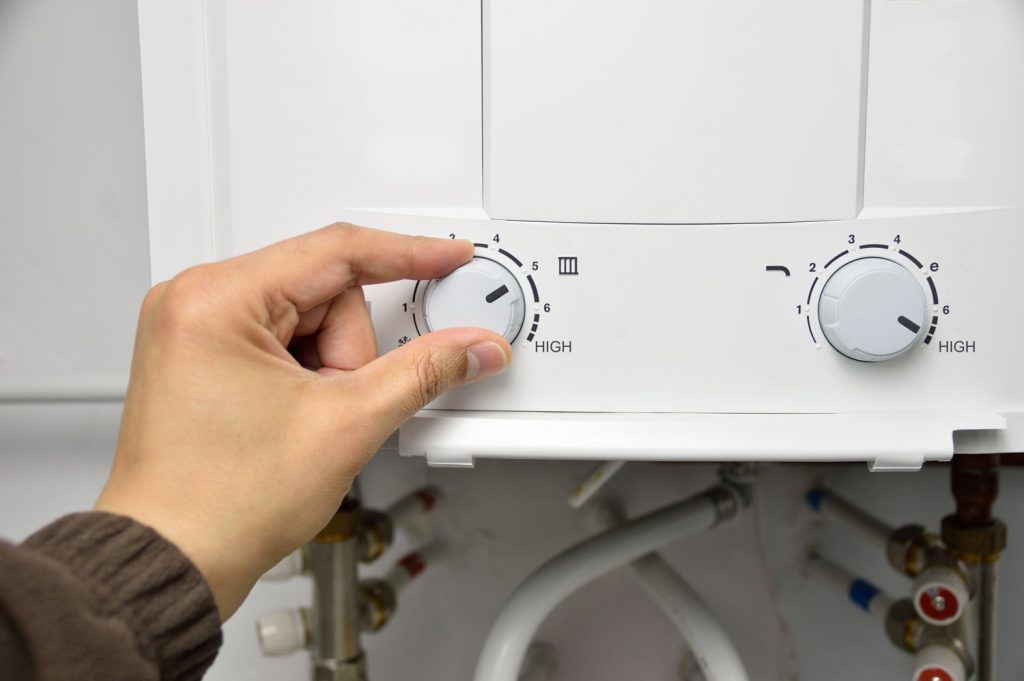
Tankless water heaters are suited to be installed inside the house. They are smaller than traditional water heaters. Therefore, you can install them just about anywhere. Ensure that you protect the heater from elements such as rain, direct sunlight, and freezing temperatures.
A tankless water heater promises instantaneous hot water throughout the day. However, it cannot produce a large amount of hot water all at once. It is recommended to carefully consider the heater's location to ensure that it functions efficiently. Poor planning may result in fluctuating water temperatures.
Can you put a tankless water heater in a closet?
Electric tankless water heaters can be mounted in a closet as they do not require ventilation. Also, they can fit in these small spaces because they are about a third the size of a gas tankless water heater. Planning for the unit's electrical requirements is crucial before installation.
Ensure that the electrical sub-panel and the water pipes are out of children's reach to avoid injuries and tampering with temperature controls. Therefore, the closet where the water heater is installed should have doors that cannot be left open.
Please note that installing features that allow the closet doors to be held open is prohibited. Moreover, the doors should close and latch by themselves if left unattended.
Gas-fueled Water Heater Alternative for Closets
If the electric configuration in your home cannot support a tankless electric water heater, you can still install a gas-fueled water heater in the closet. You might opt for direct or power venting.
A direct-vent unit requires an intake and exhaust vent to draw air from outside the building. In contrast, a power vent requires an exhaust vent only. Your heater's model will determine whether you vent it through the sidewall or the roof.
Ensure proper air circulation for the unit to function correctly and safely. The manufacturer's instructions will guide you in providing sufficient air circulation. Also, ensure that the fuel input ratings for the gas-fueled heater are not adjusted beyond the limit ratings for the altitude at which the heater is installed.
Building Code for Closet Installations
Although tankless water heaters require very minimal maintenance, it is advisable to ensure that the closet is easily accessible and has enough space to allow for servicing when needed.
The IRC states that there should be a level service space of not less than 30 inches deep and the height of the heater but not less than 30 inches at the front or service side of the unit with the door open.
The heater's water inlet screen filter will need to be cleaned as needed. Also, the system will need to be flashed yearly to remove lime-scale build-up.
Can you put a tankless water heater in a crawl space?
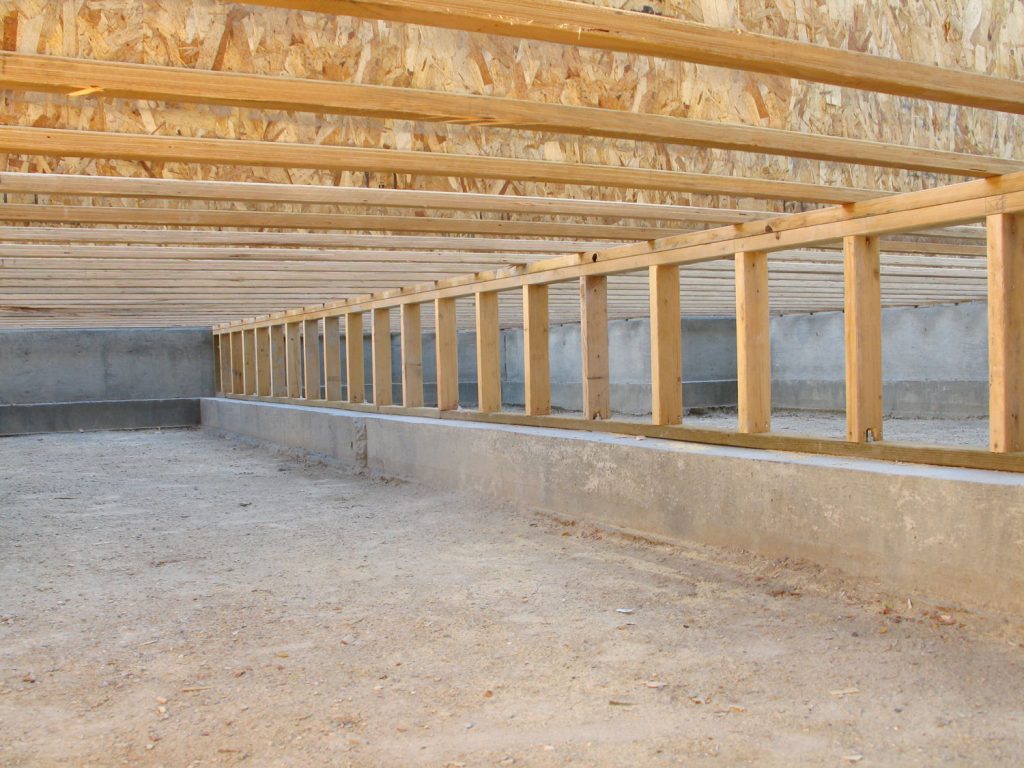
You can put a tankless water heater in a crawl space provided you abide by the manufacturer's guidelines and International Residential Code (IRC) installation conditions.
Building Code for Craw Space Installations
IRC stipulates that there should be an unobstructed passageway big enough to remove the heater. This passageway should be at least 30 inches high, 22 inches wide, and not more than 240 inches long from the opening to the unit. Further, you should ensure that there is a level service space of not less than 30 inches deep and 30 inches wide on the service side of the heater.
If the depth of the crawl space exceeds 12 inches below the adjacent grade, you would need to line the passageway with concrete extending four inches above the adjacent grade. You should also provide a light source near the appliance, with a switch at the access opening.
Moisture Protection
If you install an electric tankless water heater, ensure that cables and conductors are installed in a raceway or designed for direct burial or concrete encasement. In this case, ensure that the metal cover is waterproof.
Additionally, ensure a waterproof covering is put under the metal casing, and insulation covers beneath the metal casing are suitable for wet locations.
Ventilation
If you opt for a gas-fuelled tankless water heater, properly ventilate the crawl space with the recommended ventilation materials.
Prevent Frozen Pipes
Protect the water pipes in the crawlspace from freezing by heating the crawl space, insulating the pipes, or both. Fix the water pipes at least 12 inches deep and not less than six inches deep below the frost line. If the water freezes, pipes can burst, resulting in expensive repair costs.
Where your heater is suspended from the floor, ensure a ground clearance of at least six inches. Elevating the heater keeps it out of reach of animals and also prevents dirt from being sucked into the gas burner with combustion air. Further, it prevents your unit from overheating since air flows freely.
Benefits and drawbacks of tankless water heaters
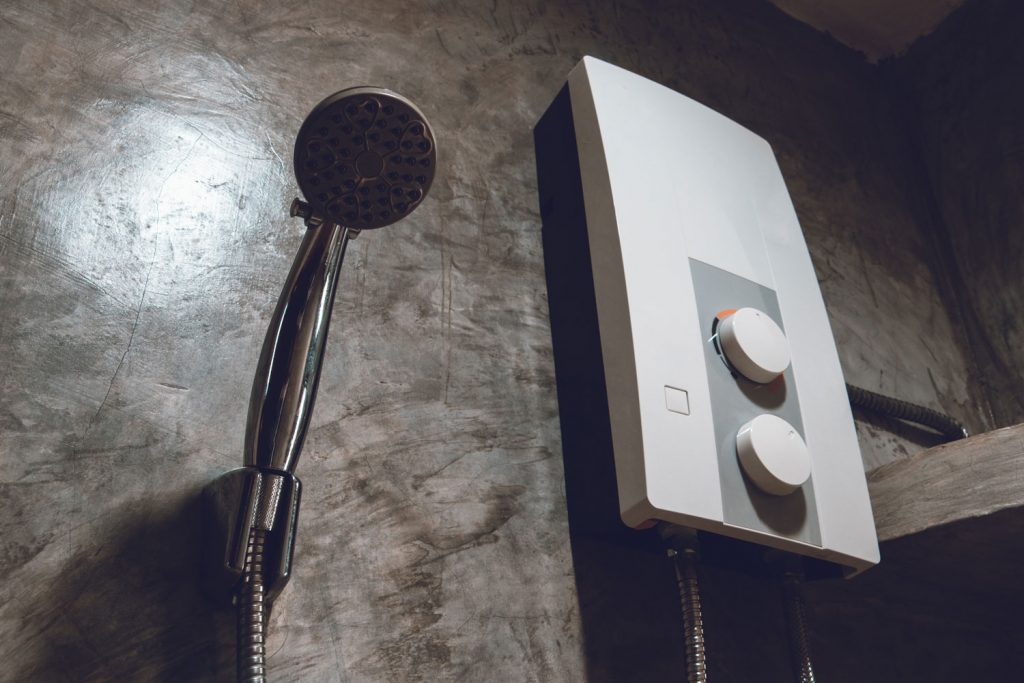
Tankless water heaters have many advantages over their traditional tank-style water heaters. Nonetheless, they also have disadvantages. Considering both the merits and demerits of a tankless water heater will enable you to determine whether it is a suitable solution for heating water in your home.
Benefits
- They are energy-efficient, guaranteeing low operating costs. Because they heat water on demand, they eliminate standby heat loss that you would otherwise experience if heated water was stored in a tank and required constant re-heating due to heat loss.
- They have a longer useful life because the components in a tankless water heater are adapted such that nearly all parts can be repaired. In contrast, tank-style water heaters would need to be replaced if there is a leak.
- These heaters are compact hence take up less space.
- When you size these heaters correctly, they can guarantee a constant hot water supply to your household.
- The heating system provides more control over water temperature. Therefore, you are less likely to suffer burns from hot water.
- They distribute purer and safer water throughout your home since the water is free from harmful toxins such as rust from the lining of a storage tank.
- There is no risk of explosion when using a tankless water heater system. You must ensure the T&P valve is working correctly to avoid a possible explosion with the traditional tank system.
- These heaters have lower risks of leaks and water damage that would otherwise cause significant damage to your home.
Drawbacks
- They are expensive to buy and have higher installation costs.
- Many homes, particularly older homes, may require a power upgrade before installing an electric tankless water heater. These heaters require a significant amount of electricity to heat water.
- For non-condensing gas-fuelled tankless water heaters, you would need to vent them with expensive category III venting materials.
- Since these tanks can deliver only as much hot water as they can heat at any one point, they may not meet your household's required output if you do not size them correctly.
- Because these units do not store pre-heated water, they can take longer to deliver hot water depending on the distance between the faucet and the heater.
- If there is a power outage, you will not have hot water. Even if you have a gas-powered unit, you'd still be out of hot water since the appliance relies on an electric control panel to operate it.
In closing
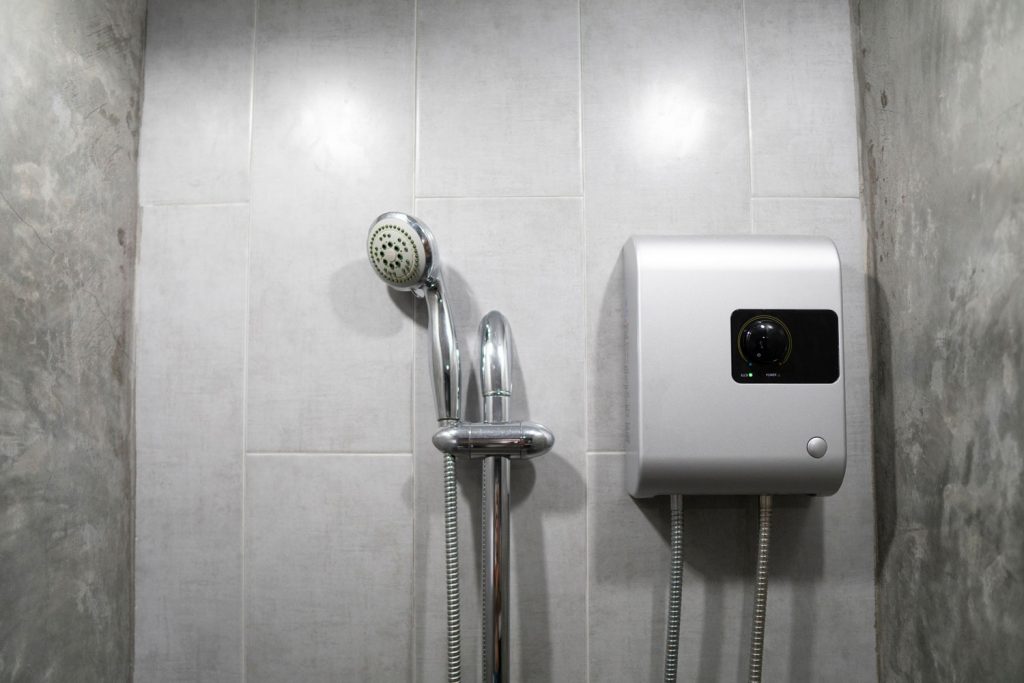
Tankless water heaters help you save energy and offer convenience as you can install them just about anywhere. However, it is crucial to consider your family's hot water needs before settling for a tankless water heater. You can also install more than one tankless water heater near the areas where hot water is required to meet your household's needs.
It is advisable to let a professional install and service your tankless unit as they are more complicated to install and maintain. Regular maintenance will prolong the heater's useful life.
Be sure to check out these topics as well.
